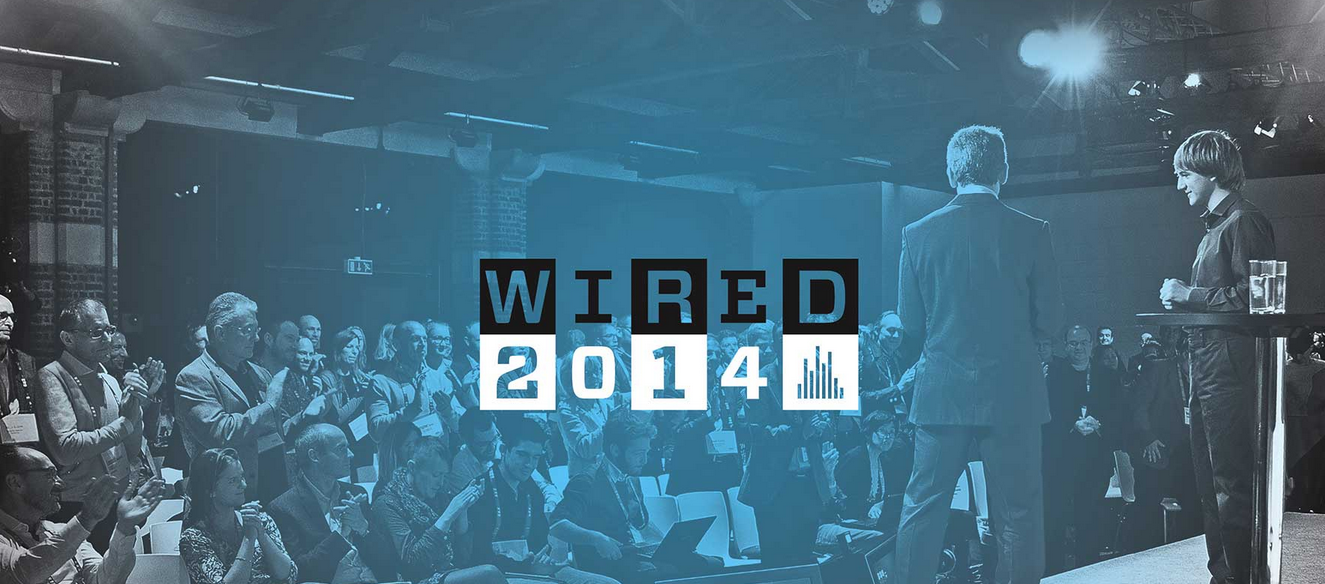(above image: Google’s WebGL Globe from 2011)
By Alexei Poliakov, Co-founder of Locomizer (named by Mashable as one of 25 Top UK startups in June 2013)
9 July 2013: Recently, we had a very interesting group discussion at a networking dinner hosted by Telefonica in San Francisco themed “What is the future of maps and augmented reality?”. Since my startup, Locomizer, deals with a lot of location data on a daily basis, I’d like to share my thoughts on the topic with a broader audience.
First, let us touch on some key trends that are redefining our notion of location and maps:
– We must admit that the era of persistent location is upon us as we speak. For many years now, location data from mobile phones has been used to power a range of innovative services and apps. More and more consumers now routinely agree to share their location data with app providers and other third parties. So persistent location is here to stay.
– Location is our identity – the places we visit in our daily lives define our real-life preferences and interests. Consumers are warming up to the idea of personal location sharing as shown by the increasing usage of Facebook’s Nearby service (now called their ‘Local Search’ service). Last December, Facebook reported that 250 million users were tagging posts with location on a monthly basis which roughly corresponds to 800 geo-tags a second.
– The explosion of personal location data creates a rewarding opportunity for organizations to gain a better understanding of their customers and their needs. However, the challenge is not in data availability but in how it is translated to retrieve the data-driven insights about customer behaviour around certain places. To start winning in this space, one must own the “geo-stack” as famously described by Chris Dixon.
Nevertheless, controlling the functional layers of geo-stacks, including geography maps, point of interest data, and customer geo-data, may not be enough.
– Industry players must create a winning proposition showcasing a clear benefit for consumers to use their services and to be at ease whilst sharing their personal location data. It is therefore imperative for governments and business organizations to obtain customer consent and be more transparent about their usage of personal location data
So, to answer “What is the future of maps?”, I would like to paraphrase Fred Wilson and say that the future of maps is in understanding maps with people in them.
![[Guest Post] Four big trends redefining location and maps services](https://en.blogthinkbig.com/wp-content/uploads/sites/5/2013/07/google-location-data-globe.jpg?resize=610%2C225)


![[CEO Blog] M2M will drive a more sustainable, connected society](https://en.blogthinkbig.com/wp-content/uploads/sites/5/2014/01/carousel-guest-blog-m2m.jpg?resize=p%2Co)





